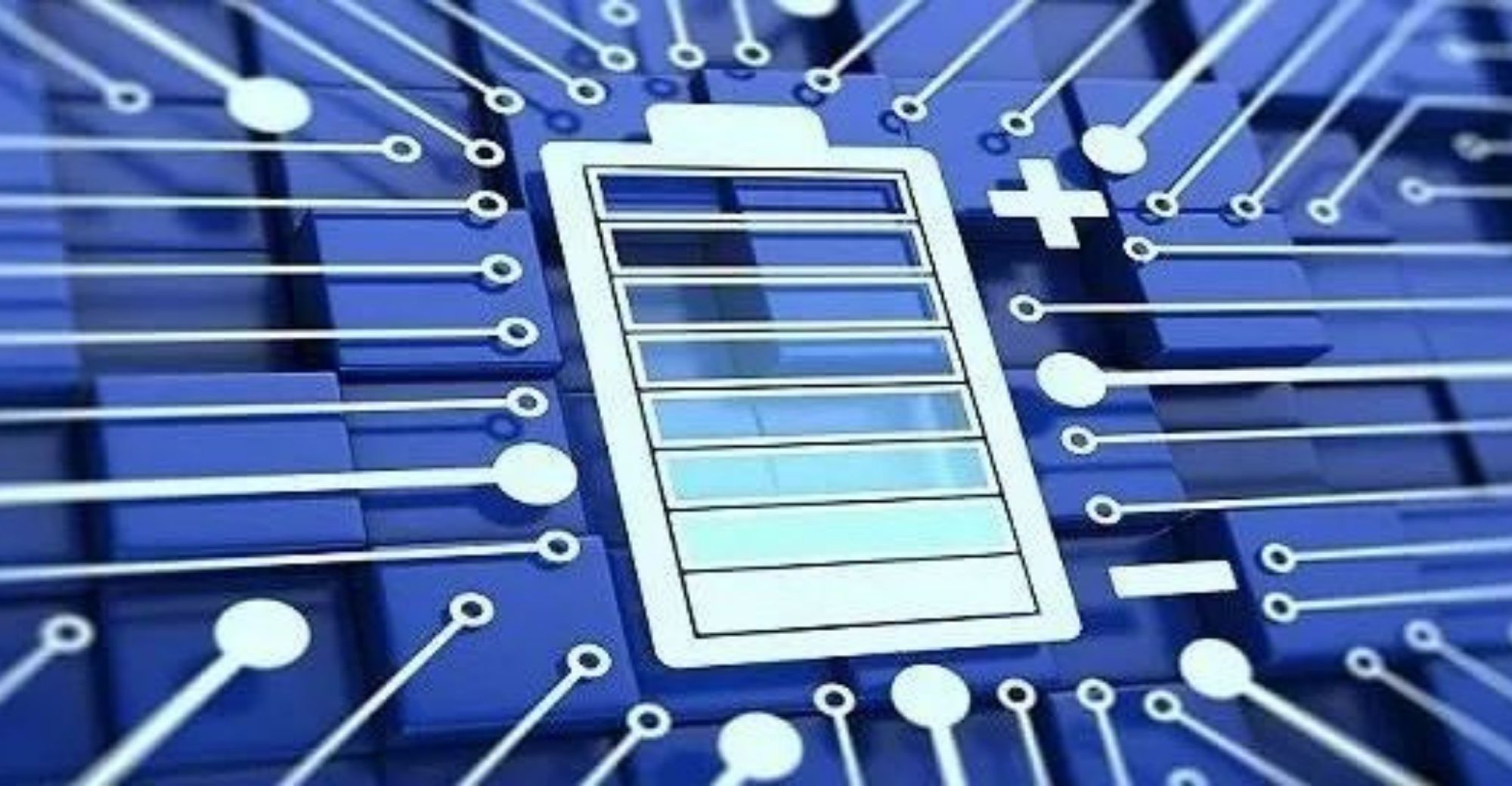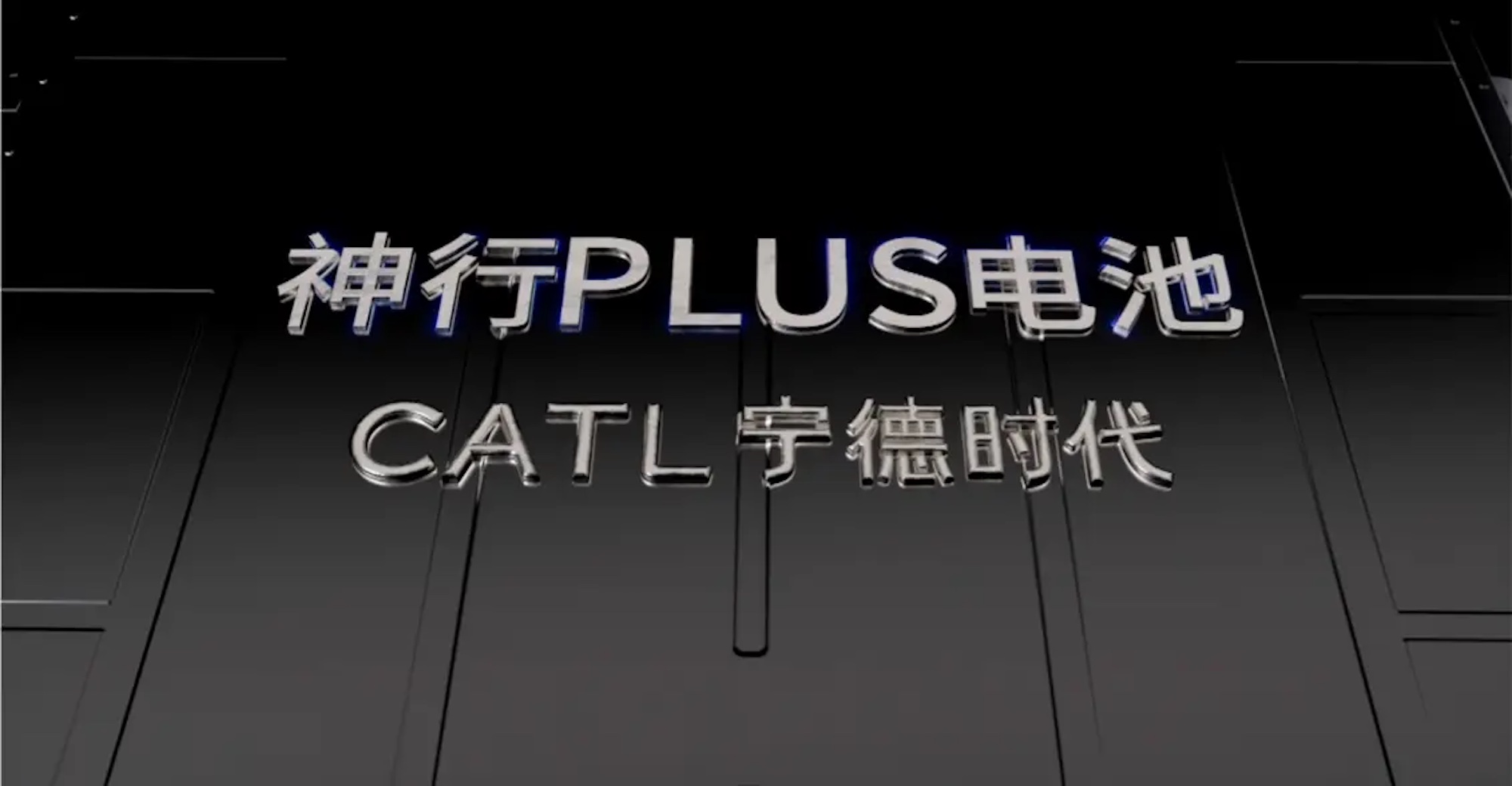CATL and BYD Will Launch 6C Power Batteries
CATL plans to launch the second-generation Kirin Battery in the second half of this year, with a charging rate of up to 6C for power batteries.
At the same time, BYD, which has not released any new battery products for three years, is also preparing to launch fast-charging battery products: According to sources close to BYD, the second-generation blade batteries from BYD may be launched in the second half of this year. BYD’s 6C battery is also under development.
Industry analysts believe that in order to achieve a 6C charging rate while maintaining higher energy density, it is possible that a mixed material system of iron lithium + ternary could be used. “This is a new direction in the industry.
From the launch of 3C in 2022 to the introduction of 4C and 5C in 2023, now, electric vehicles are entering the ‘6C era’. This means that manufacturers not only need to improve at the level of battery materials but also upgrade at the battery system level.
In terms of materials, fast-charging batteries need to be matched with fast-charging graphite, electrolytes suitable for fast charging, separators and other materials. Basic lithium iron phosphate materials and ternary materials can also be ‘mixed’ for balanced performance.
In terms of thermal management, due to higher charging rates leading to more heat generation by batteries, fast-charging batteries require a more powerful cooling system to suppress temperature and ensure safety.
Specifically, CATL’s “Kirin Battery” architecture features large-area water cooling technology, while BYD will adopt a “refrigerant direct cooling and heating” approach.
However, the support for ultra-fast charging replenishment facilities is still lacking. The electric vehicle industry does not have a unified definition of “ultra-charging,” with the industry typically referring to charging stations with power above 120kW as “ultra-charging stations.”
If ultra-charging is increased to a charging rate of 4C or even 5C, the charging power needs to exceed 360kW. The maximum charging power of a 4C ultra-charger is 480kW, with a maximum charging current of 615A. Therefore, charging stations remain one of the key factors limiting the application of ultra-charging.
CALB also stated at the end of 2023 that by late in 2024 they would begin mass production supporting a charge rate multiplier of up to 6C for their cylindrical battery series-46 batteries. Batteries capable of replenishing up to 80% in ten minutes using a charge rate multiplier of up to 5C are also set for mass production and installation in vehicles by late in year-end quarter four in year twenty-four.
SEE ALSO: CATL Unveiled Shenxing PLUS Battery, Boasting 1000-km Range



